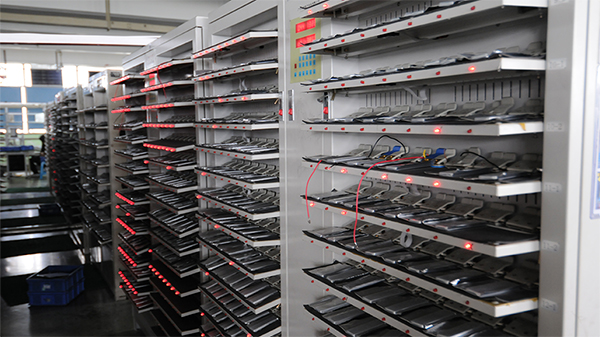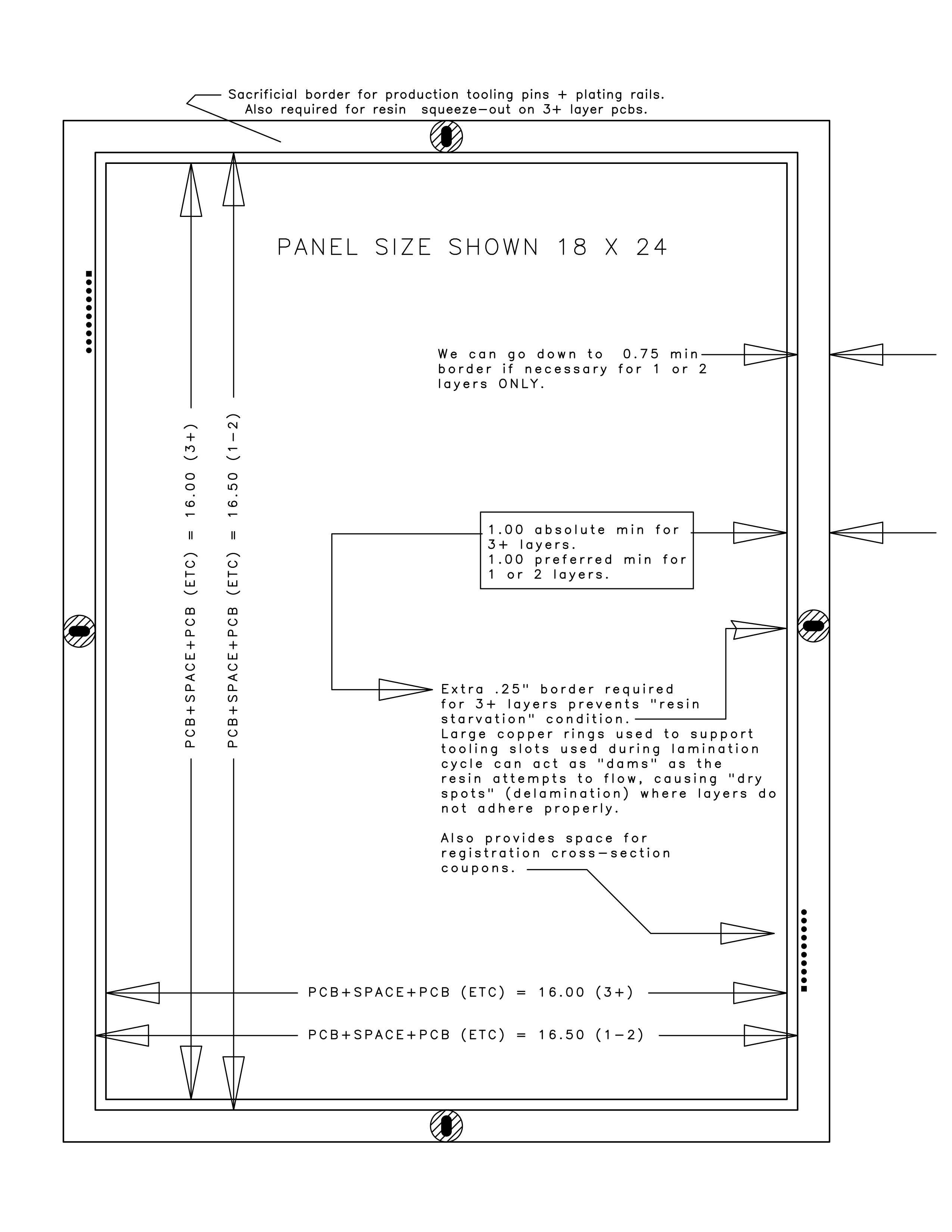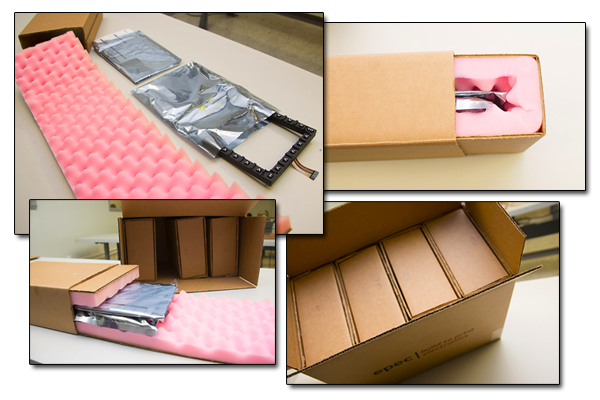Somewhere around the turn of the century, maybe in the last decade or so, there was a change in the job market. New requirements for employees coming into the job market, a higher standard. The days of getting high paying jobs based simply off prior work experience are behind us; that experience still means something, but not as much as it used to. So, what are employers looking for then? A college degree.
At Epec, we take workforce training very seriously. We readily invest in workforce education because it is a time-tested, proven path to improving manufacturing process development and customer satisfaction. In our experience, the educated workers are not only productive, but they are also adaptable problem solvers focused on satisfying our customers' most demanding needs.
At Epec, we are in a unique position of having the capabilities to produce domestically at our Colorado tech center, our Massachusetts assembly facility, or your partner factories in Asia. This allows us both flexibility and control on prototype development, regulatory builds, pilot ruins, and production quantities.
The future of manufacturing in the U.S. is set up to be driven by volatile economic conditions, 3D printing, robotics, mobile technology, the Internet of Things, embedded devices, and other emerging technologies. Forecasting the future is always risky, but there are several factors converging right now that bring more clarity as we begin our journey into the second decade of the 21st century.
One of the most critical elements of producing any cable assembly or harness is the amount of cable assemblies testing that is done when the product is completed in manufacturing. There are many methods and levels for testing cable assemblies, but all testing has one goal – to ensure that the product meets or exceeds its specifications.
PCB Laminate Utilization - Part and Panel Size:
In our first post on controlling PCB costs, we detailed many of the common cost drivers people face and ways to avoid them. For part 2 of controlling costs, we are focusing on one example that can cost a lot of dollars: PCB laminate costs and utilization
Printed circuit boards are run through the fabrication process in sheet form, typically with rows and columns of identical circuit boards or sub-panels on a single sheet, which are later cut out for shipment. One of the biggest potential cost adders in PCB manufacturing is that of a poor-yielding PCB or sub-panel. While this is true for even the least complex PCBs, it is especially true for multilayers.
This blog post is not the usual topic you find on Epec’s company blog. We are normally blogging about technology solutions focusing on issues that can help our customers, but as a company, Epec does a lot behind the scenes for their employees that go unnoticed.
Avoiding Expensive PCB Materials & Processes
Printed circuit boards are only one component of an entire assembly designed to meet the best cost-to-performance ratio possible. The finished product into which the PCB is installed must meet a price point that compares favorably against competing products, so the lower the expenses, the more money your product returns. In order to make the best choices during the design cycle, it is important to first understand what drives the primary costs.
Packaging for user interface assemblies is the last step in the manufacturing process, but not a step that should be rushed. Epec pays as much attention to packaging detail as we do to design and manufacturing of custom assemblies. Because each assembly part number is customized, each has different size, mass, and shape. However, styles of user interfaces can be grouped into several categories. Experience has shown the type of packaging that works best is based on complexity of construction, shape, size, mass and shipped unit volume. No one packaging solution works for every assembly style.
In today's battery and charger market, most companies typically provide either battery pack assemblies or battery pack chargers, as opposed to providing both. In the past, buying a battery from one source and a charger from another worked just fine when using the older NiCd batteries with overnight chargers. However, due to new battery chemistries and the increasing need for faster charge times, careful matching of the charger to the battery has become essential. Without proper battery and charger matching, aspects such as safety, cycle life, and run-time may be greatly affected.























